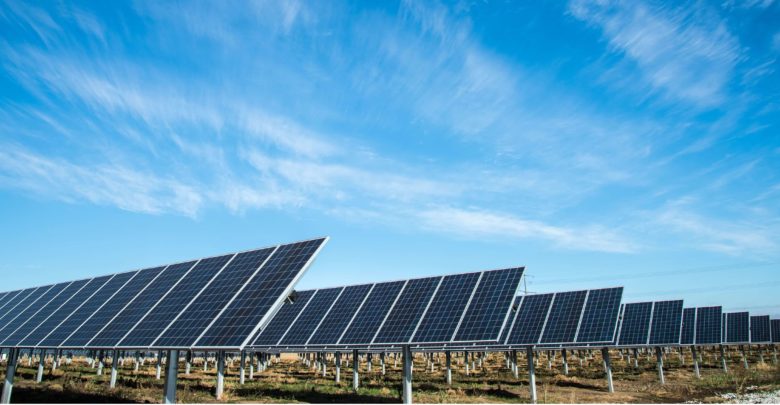Technology
Renewable Energy Trading Platform Powered by Blockchain in Bangkok
Another Example of Growing Market for Decentralized Energy

A peer-to-peer renewable energy trading platform using blockchain has taken off in a wealthy neighbourhood of Bangkok and it already has a total generating capacity of 635 KW. Residents of Thailand’s capital have begun buying and selling energy between themselves via the city’s electricity grid with transactions taking place between a mall, a school, a dentist’s office, and an apartment complex.
As solar panels become cheaper and cheaper to operate for consumers, this neighbourhood in Bangkok is demonstrating the capacity for a community to meet its own energy demands.
The Australian firm, Power Ledger, is a partner in the project. Its managing director, David Martin, has noted that such peer-to-peer renewable energy trading strategies should “lead to better prices and a lower carbon footprint for everyone involved.”
Decentralized technology and renewable energy – a match made in heaven?
The concept of decentralized energy, where power is produced via solar panels and then distributed amongst a network of participating community members, is taking off in a variety of different municipal contexts across the globe; it is even being discussed at a national level as a climate-friendly energy solution in China and Japan.
For example, in New York City, residents of the Brooklyn neighbourhoods of Park Slope, Gowanus, and Boerum Hill, banded together with the help of the Brooklyn-based startup LO3 Energy to found the Brooklyn Microgrid in 2016. The Microgrid, similar to the operation in Bangkok, facilitates the environmentally-friendly trade of excess solar energy between neighbours. The network has been using blockchain technology to facilitate its peer-to-peer transactions since its inception.
At Fudan University in China, researchers have built a blockchain-based energy trading platform that would serve to save solar energy waste by facilitating consumer transactions using a unique cryptocurrency. The paper produced at Fudan claims to have developed the platform to be compatible with IBM’s Hyperledger and the ethereum blockchain.
Similarly, there are initiatives such as SolarCoin, which encourages users to invest in renewable energy by allowing them to earn SolarCoins by producing solar energy.
It has also been advocated that the Chinese government foster the development of decentralized energy strategy to offset waste generated by an enormous, centralized energy network and to reduce unnecessary carbon emissions. On average, China loses approximately 5.5% of energy produced due to the long distances that it must travel after generation. Decentralized energy could quite literally bring energy sources closer to those consumers who are located in cities far from the east coast.
The World Energy Council has predicted that decentralized energy could equate to an entire fourth of the market in 2025, a meteoric rise from the 5% of market share it currently occupies. In the likely event that more municipalities across the globe begin encouraging peer-to-peer renewable energy trading, and the possibility that national governments may start to champion its cause, decentralized energy could become a concrete part of the global energy sector.
Since blockchain technology is a necessary component of transactions in a peer-to-peer network of renewable energy trading, the continued development of blockchain in this area should be expected. The neighbourhood initiatives in Brooklyn and Bangkok are just two examples of a nascent area for clean energy innovation.
Image credit: American Public Power Association




online pharmacy group: canadian pharmacy meds – canada discount pharmacy